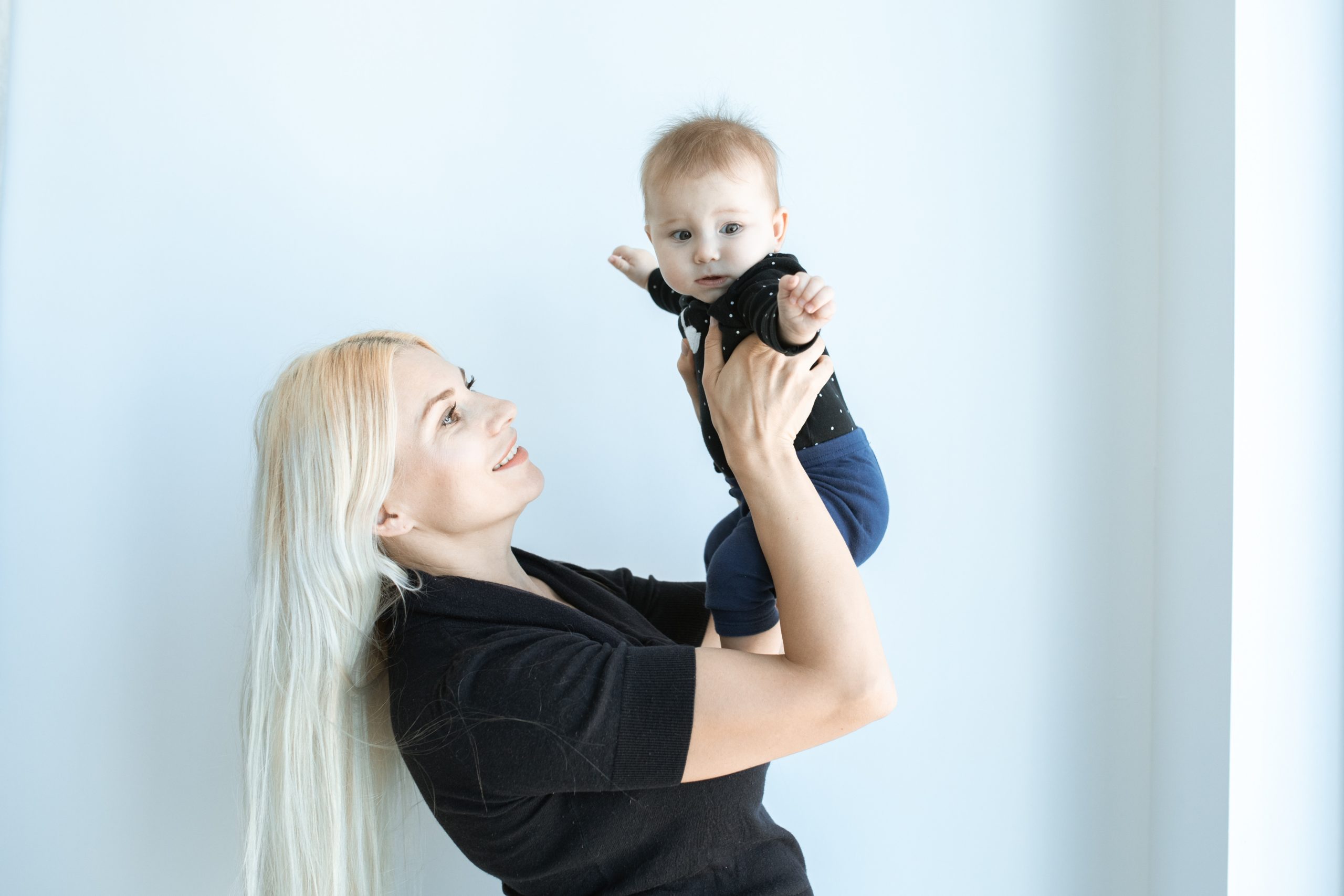Background
Children living in the child welfare system (i.e. foster care, group homes) are known to experience more adverse outcomes compared to children who live with their biological parents or adoptive/other family members. Individuals with Fetal Alcohol Spectrum Disorder (FASD) are also predisposed to adverse experiences. However, these adverse experiences may be more common for those with FASD living within the child welfare system.
The National FASD Database is the only one of its kind in the world, comprised of data collected from FASD diagnostic clinics across Canada. The database includes information on diagnoses, client challenges, treatment recommendations, and adverse outcomes, among many other variables. The authors of the current study used data from 665 children and adolescents diagnosed with FASD. The authors first compared all individuals living in child welfare to individuals living with their biological parents and individuals living with adoptive or other family members. The authors then looked at differences among children (<12 years old) and adolescents (12-17 years old) across these different living situations.
Main Findings
All individuals
- Individuals in child welfare more often reported experiencing physical or sexual abuse compared to children living with their biological parents (30.7% vs 5%).
- Compared to individuals living with adoptive or other family members, individuals in child welfare had higher rates of general difficulties with the law (11% vs 4.9%) and legal problems as an offender (13.3% vs 5.7%), had experienced higher rates of physical or sexual abuse (30.7% vs 14.3%), and had lower rates of mood disorders (22.5% vs 37.9%) compared to individuals living with adoptive or other family members.
- The prevalence of suicidal ideation/suicide attempts was high for the total sample (39%) but did not differ by living situation.
Children
- Children (<12 years old) in child welfare had higher rates of physical or sexual abuse compared to children who lived with their biological parents.
- Children in child welfare reported lower rates of mood disorders than children who lived with adoptive or other family members.
Adolescents
- Adolescents (12-17 years old) living in child welfare more often reported physical or sexual abuse compared to children living with their biological parents or adoptive/other family members.
- Adolescents living in child welfare had a higher rate of legal problems as an offender compared to children living with biological parents and higher rates of legal problems as a victim compared to adolescents living with adoptive/other family members.

